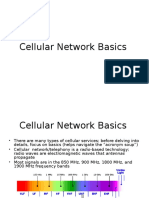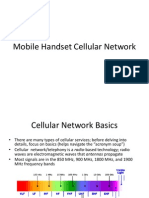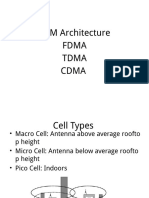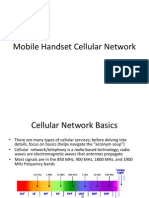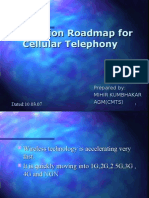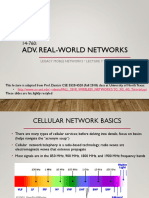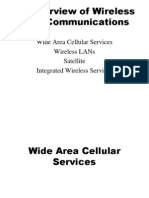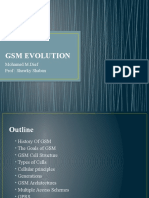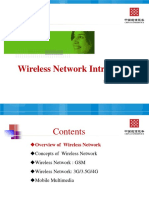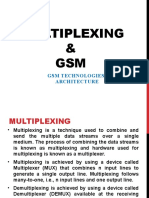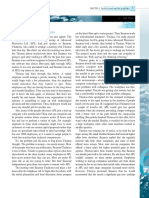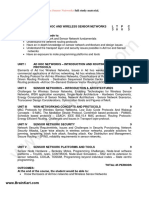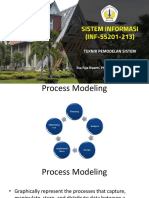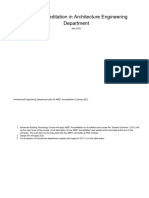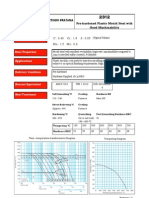0% found this document useful (0 votes)
21 views65 pagesLecture#9
The document provides an overview of wireless and mobile communications, detailing the evolution of cellular network generations from 0G to 4G, including the technologies and protocols used in each generation. It discusses multiple access schemes like FDMA, TDMA, and CDMA, as well as the architecture of 2G GSM and 3G UMTS networks. Additionally, it highlights the advancements in 4G LTE technology, focusing on its architecture, user equipment, and the importance of IP-based traffic in modern networks.
Uploaded by
malikhamza7878980Copyright
© © All Rights Reserved
We take content rights seriously. If you suspect this is your content, claim it here.
Available Formats
Download as PDF, TXT or read online on Scribd
0% found this document useful (0 votes)
21 views65 pagesLecture#9
The document provides an overview of wireless and mobile communications, detailing the evolution of cellular network generations from 0G to 4G, including the technologies and protocols used in each generation. It discusses multiple access schemes like FDMA, TDMA, and CDMA, as well as the architecture of 2G GSM and 3G UMTS networks. Additionally, it highlights the advancements in 4G LTE technology, focusing on its architecture, user equipment, and the importance of IP-based traffic in modern networks.
Uploaded by
malikhamza7878980Copyright
© © All Rights Reserved
We take content rights seriously. If you suspect this is your content, claim it here.
Available Formats
Download as PDF, TXT or read online on Scribd
/ 65
